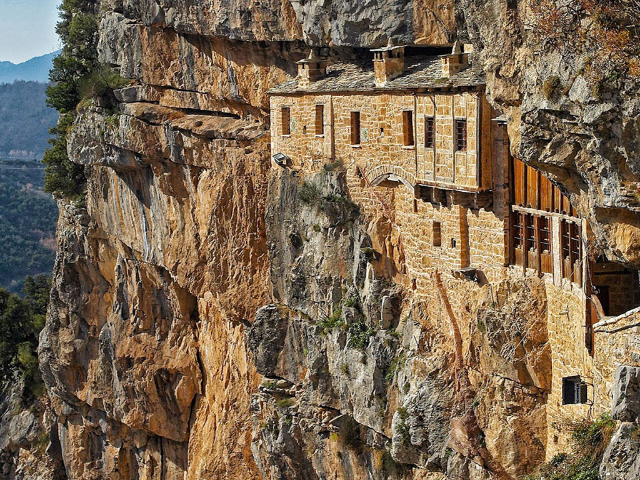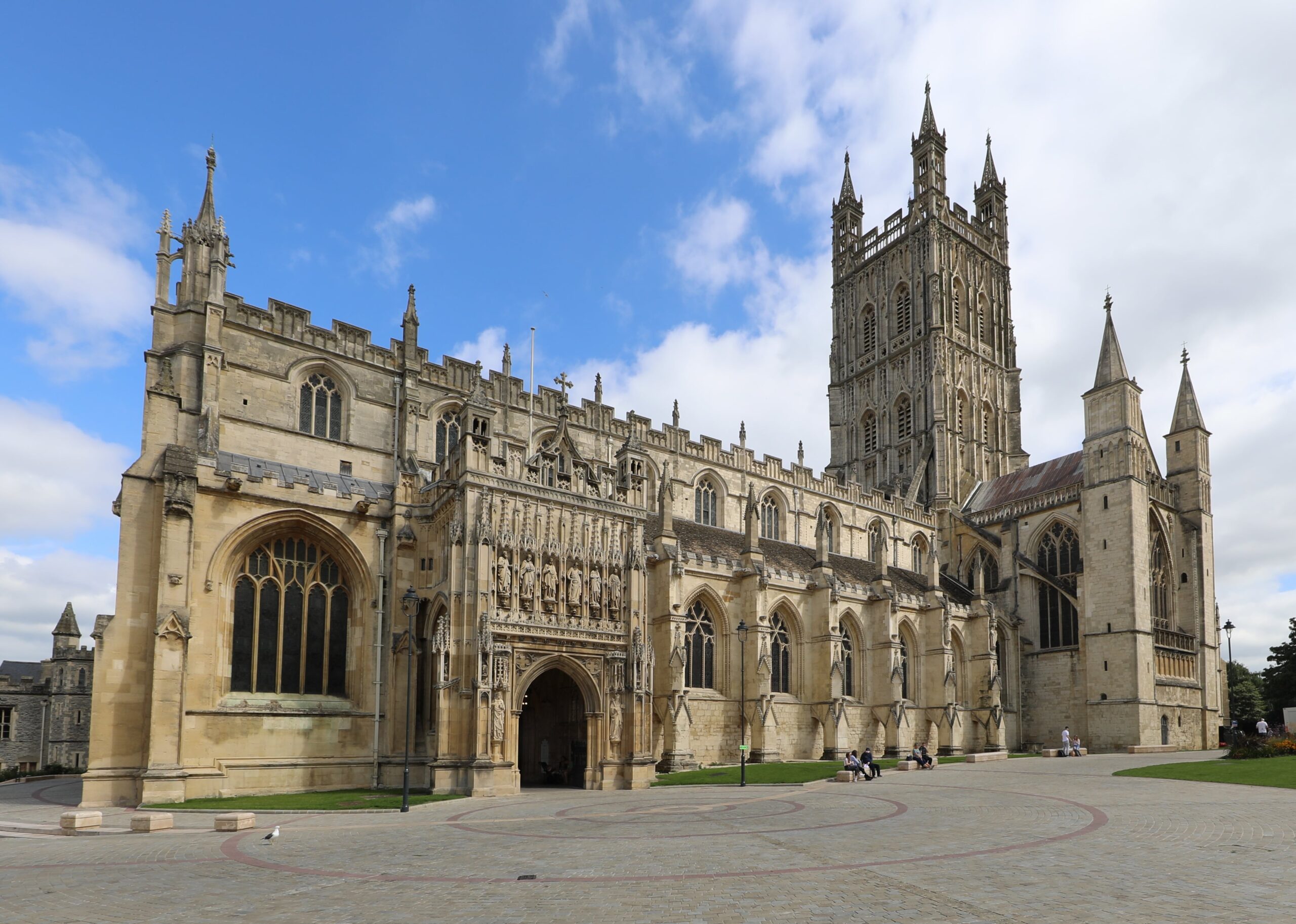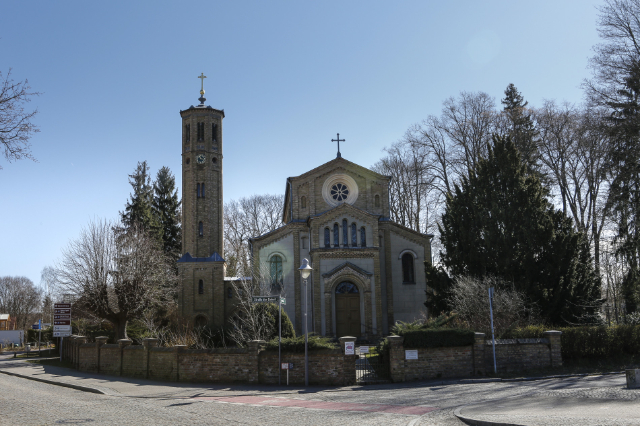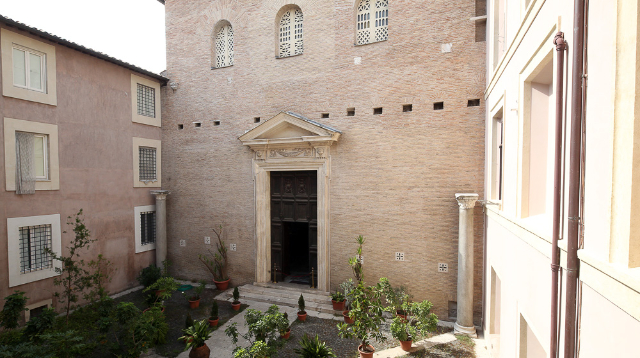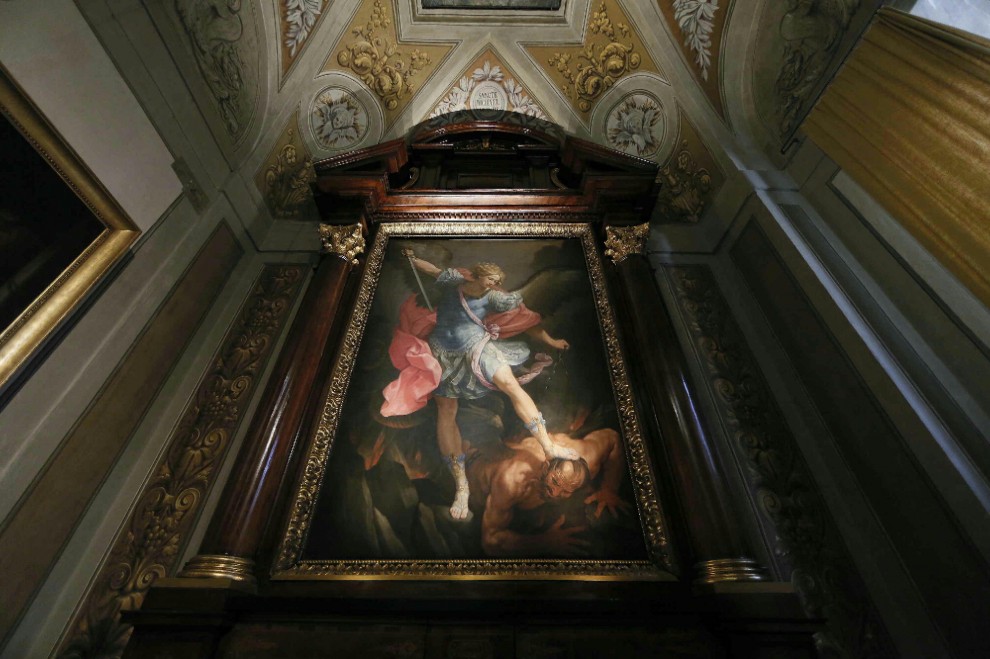The Holy Kipinas Monastery, located near the village of Kalarrites in the Tzoumerka mountains of Epirus, Greece, is an architectural marvel and a testament to the engineering ingenuity of medieval monastic communities. Established in the 13th century, the monastery is carved directly into a cliffside, blending seamlessly with its natural surroundings.
One of the most extraordinary features of this monastery is its retractable wooden bridge, which can be lifted to isolate the monastery and protect it from raids or unwanted visitors. This mechanism served as an effective defensive strategy during turbulent times, particularly against Ottoman invasions and pirate raids.
The entrance to the monastery is accessible only by climbing a series of steep stairs carved into the mountainside. Once you reach the top, you’ll be greeted with breathtaking panoramic views of the surrounding valleys and rivers, making the strenuous climb well worth the effort.
The interior of the monastery contains a series of rooms including the chapel, living quarters, and a library, which reportedly houses valuable manuscripts and religious texts. While some parts of the monastery have succumbed to the ravages of time and nature, the core structure remains remarkably well-preserved, thanks in part to restoration efforts.
The Holy Kipinas Monastery also features an intriguing network of tunnels and hidden chambers, some of which were used for storage and others possibly as escape routes. A small spring within the monastery provided the monks with fresh water, an essential element for the sustainability of the remote religious community.
Apart from its architectural and historical significance, the monastery is a site of spiritual importance. Even today, it remains an active place of worship and pilgrimage.
For those interested in history, architecture, or spirituality, a visit to the Holy Kipinas Monastery offers a unique and enriching experience, merging natural beauty with historical intrigue.

